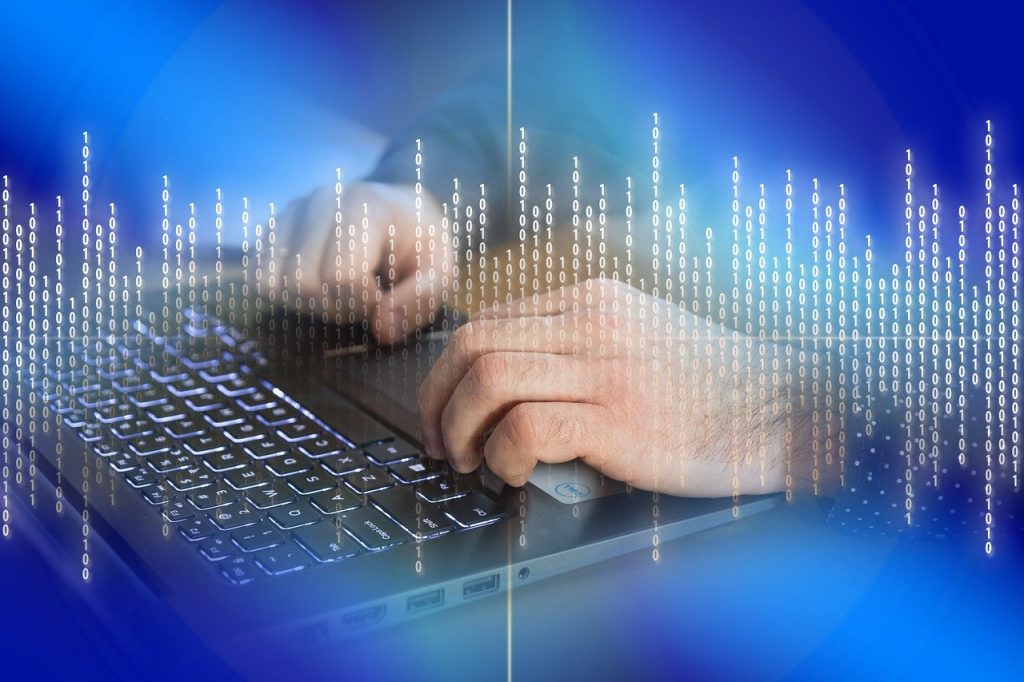Breanne Throne
Breanne Thorne can usually be found binging on indie series on Netflix. When not absorbed in the latest gut wrenching thriller, Breanne loves dancing.
Are you troubled because your computer has been infected with a virus? If yes, then this article might help you to toss...

Image Credits: pixabay
Are you troubled because your computer has been infected with a virus? If yes, then this article might help you to toss out the virus from your system. However, how to remove viruses on Windows 10/11?
Take a sigh of relief and continue reading as we discuss:
A computer virus is a compact evil-intentioned software program that expands your system and causes interference while you operate the same. It also poses a capacity to corrupt as well as delete the data present on your computer. It’ s called a “virus” because just like the actual virus self-generates itself, the computer virus also self-generates and spreads all over your computer and crashes the whole thing down. In the worst case, it may also delete the entire data stored on your computer. Also, Atiedxx.exe is a .exe files are the most common and convenient method of transferring viruses and errors to any system
In this section, we will discuss how to get rid of the viruses on your computer.
Computer viruses are always unseen, and this is the reason why one should have an anti-virus installation as it may notify if you have any on your device.
Follow these simple steps to fix the virus on your computer:
By installing Anti-virus software, you’ ll be able to identify the virus and the files it has infected, and you can delete the same without losing any of your data on the computer.
While you are removing a virus from your computer, it is necessary to cut the internet connection as the virus can expand even more with the help of the internet.
For example, it can use your email program to send itself to all the email addresses you have on your device.
When you put your computer on safe mode, it disables the intermediary applications to operate, including the virus.
Following are the steps to put your computer on safe mode:
Go to the Start button in the bottom left corner.
While holding the shift key, click on the power button and then select restart.
Wait until your computer restarts and opens to a blue screen with the title. Choose an option where you need to choose” Troubleshoot” and then “Advanced Options.”
Click Startup Settings and then select the Restart option. Your computer will turn off and turn on again.
Once the computer turns on, you’ ll come across a few options where you need to press 4 to start your device in safe mode.
Now you need to delete some temporary files. They are the ones who are infected first and consider that temporary files are the initial target for the virus. So deleting temporary files may delete the virus present there.
You can use the “Disk Cleanup” for the deletion of the temporary files.
Click on the Start icon on the bottom left corner and type “Disc cleanup” in the search bar.
Then select “Free up disc space by selecting unnecessary files.”
Find “Temporary Internet files” select the same and click “OK.”
Then confirm “delete files.”
However, one cannot entirely rely on this, but to get rid of the virus, it is advisable to delete these temporary files.
Now is the time when you use your chosen anti-virus security software. Open the software and go to the virus scan. Click on the run Smart Scan button and then Full Virus Scan. This process might take some time, depending upon the proportion of the data and the intensity of the infection.
If a virus is detected, select “delete” to get rid of the virus and the infected files. You need to perform this process at least twice to make sure all the virus is gone. Also, all of the viruses cannot be eliminated successfully in one scan. So rescan the system and make sure no virus or infected file is left.
Once the virus is gone, you can restart your device just like you usually do it with no safe mode. And your computer is accessible!
If you spot the following issues with your computer, it’ s a sign that your computer has a virus.
Slow efficiency: Takes more time than usual to start up, shut down or open an application.
Unexpected apps: You find specific applications on your desktop and you don’t remember downloading them.
Lagging browser: Your browser works slower than usual with many pop-ups.
Missing files: Some of your files go missing even if you didn’ t delete them.
Spam messages: Your friends start getting spam messages from your account.
Always make sure you use suitable anti-virus software for your computer.
Do short research about the application you are about to download by reading the description and reviews about the app.
Download apps and other things only from a trusted and genuine site.
Always check if the permissions asked by the application are genuine.
Never open an email that is detected as “spam.” If you open it, though, do not click on the links or download the images or videos present in the mail.
Do not connect any USB or insert a disc, which is unknown unless it’ s scanned.
Follow these steps; you’ ll never face the hardships of viruses getting infected to your computer.
Suggested:
How To Remove Malware From Computer?
Azorult, Dark Pulsar, Oceansalt, Oh My! New Malware to Watch out for.
This is an awesome post. Really very informative and creative content. This concept is a good way to enhance knowledge.